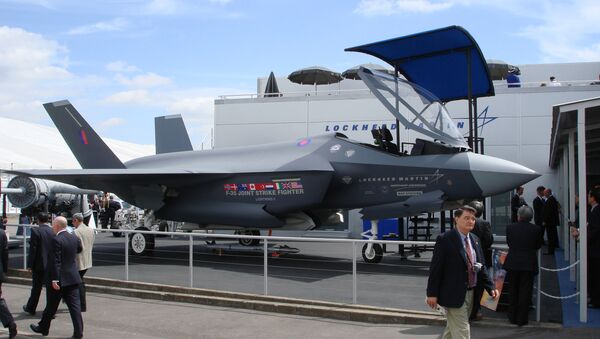Unlike previous precision-guided air-dropped weapons, the Small Diameter Bomb II (SDB II) has the ability to track and hit moving targets from up to 40 miles. It will enter service in 2017.
The F-35 however, will not have the software package required to operate the bomb until 2022.
The delay will reduce the F-35’s ability to provide close-air support to ground troops, and raises questions about the aircraft’s ability to adequately replace the A-10 Warthog if Congress allows the Air Force to retire it.
Air Force leaders want to retire the A-10 by February 2019 so it can transfer the resources supporting the aircraft to the development of the F-35, which will be one of many aircraft that will backfill the A-10.
The SDB II will not even fit onto the F-35B – the Marine Corps variant – without modifications to the aircraft’s weapons bay. But the Pentagon is in no rush to make those changes, because the weapon still will not work until the correct software package is installed.
“When we get to the (software upgrade) of the F-35s those are going to be great CAS (close air support) platforms – when we get there. So we’ve got to continue to move down that with respect to the systems,” Air Force Gen. Herbert “Hawk” Carlisle, Commander of Air Combat Command, told reporters on March 6.
The SDB II uses a guidance system known as a “tri-mode” seeker, which can direct the weapon using millimeter wave radar, uncooled imaging infrared guidance and semi-active laser technology.
“Really, in the close-in CAS fight, and the most challenging being danger close where you have adversaries and friendlies in very close proximity – we have to be able to support the ground component at that point. We need the ability to deliver weapons rapidly. We need the high magazine, we need precision and we need to be able to control the yield,” Carlisle said.
Part of the Joint Strike Fighter program’s developmental strategy includes a series of incremental software drops, each of which adds new capability. The drop that will make the F-35 capable of operating the SBD II is not scheduled to take place until 2022.
The Marine Corps’ F-35B is slated to reach operational status following a software drop later this year. The Air Force plans to reach operational status with its F-35A in 2016 using the next software update.






